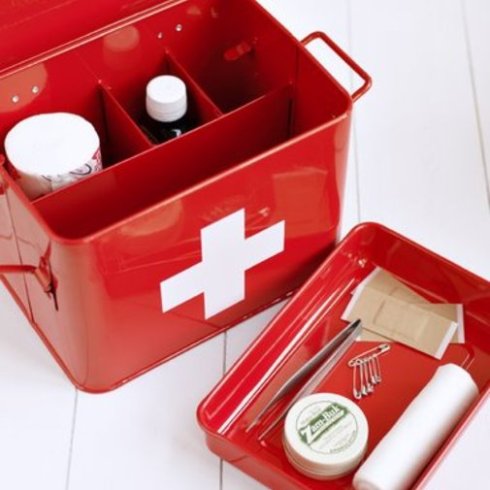
Nearly ALL medical teams use a simple little Acronym that you too can use right in your home. It’s called the ABC's if first aid care. There are also two subcategories for the ABC's - responsive and unresponsive patients. The A stands for Airway. If there is an unconscious patient the first priority is the airway and blockage usually concludes of things such as tongue, vomit or a foreign body or object. At a basic level, the airway can be opened simply by manual movement of the head using various techniques such as the head tilt or chin lift. The B stands for Breathing.
After the patients airway is opened, you need to make sure they are breathing. Usually breath rates are between 12 and 30 breath per minute. One of the things to consider if the patient is not breathing is to try CPR or other protocols depending on the person who is doing the rescuing. If the person is breathing, they should then be placed in a recovery position (lateral recumbent position), and you should wait with them until help comes. The last letter in our acronym stands for Circulation, it's important to make sure you observe the color of the patient’s hands and fingers.
It's also important that you do regular pulse checks on the patient and assess regularity and strength! There is also another acronym for responders in defibrillation called ABCD and in the UK they use this acronym as well, but theirs is AcBCDEEEFG for patient assessment. To find first aid kids, emergency medical supplies, EMT supplies and EMS gear please visit www.DixieEMS.com Read More!





